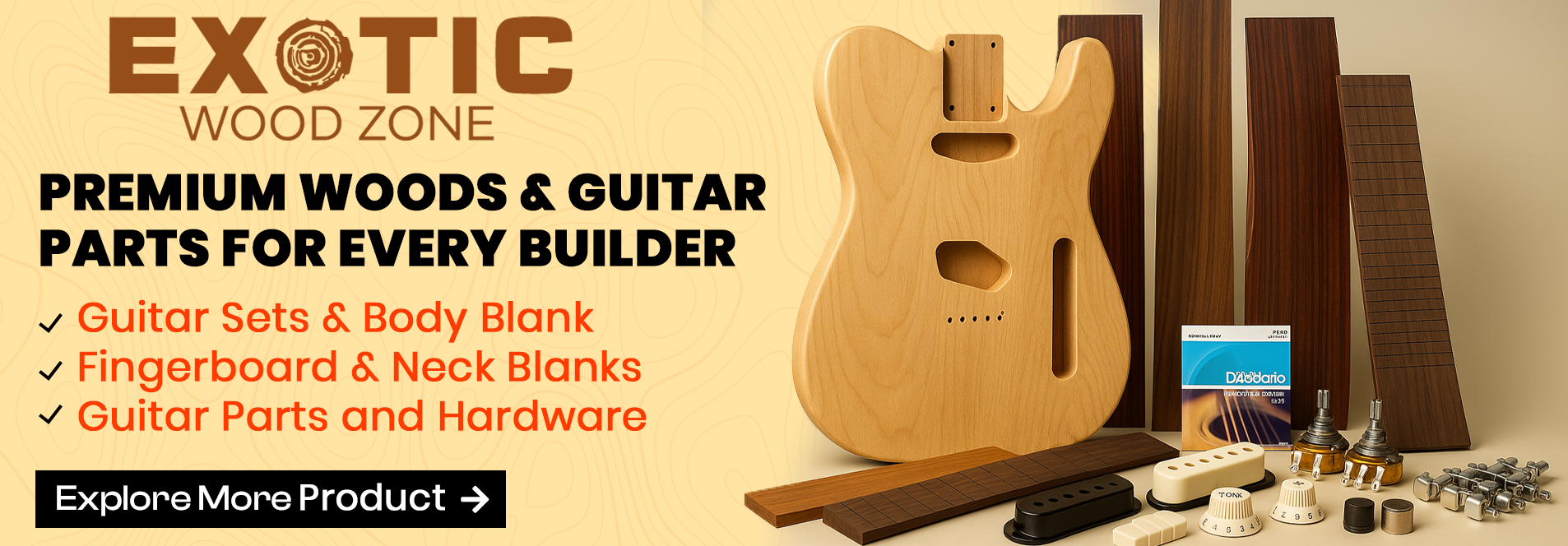Okay, I’ve been persuaded by the group not to use the 000 body. And you are right Darren that the mold cost is not that big a factor in the scheme of things.
Herman, it’s a beautiful looking and sounding guitar. Did you use a standard Martin Jumbo mold or did you make your own model and tweak the dimensions to your liking? From what I can find online, your dimensions are similar to the J model but not identical. For example, your max depth is 4.6 vs. J-model 4.875”.
Also, did you make any modifications to the standard Martin J series bracing pattern? Does the requirement to move the bridge downward for the 28” scale necessitate adjusting the location any of the bracing?
Thank you for your willingness to share your work with aspiring baritone makers!
Tim
Baritone project
-
Tim R
- Posts: 104
- Joined: Fri Jul 08, 2011 4:15 am
-
Herman
Re: Baritone project
Yes Tim, the size is Martin Jumbo style because I thought that was the most appropriate one to make a baritone. Since I don’t own a drawing of it, I just took the bodysizes I found somewere. The reason the body is a bit shallower is because I screwed up to make the radius in the back right the first time. So I had to take off some extra wood. But it is a 5% or so and that is not big issue to me. (Screwup is my first middle name. Fixit is my second).
What I did was making a 1:1 drawing on wallpaper after deciding what scale I wanted. (most baritones on teh market are 28 or 27 inch). The place were the neck meets the body then determines the place were the bridge comes. The size of the soundhole and the edges of the bridge gives the space were the X-braces can be. I took the wides angle the X could have (Berkowitz wrote he wanted a wider angle than on a standard guitar, because it facilitates the lower notes) and at the same time stay about ½ an inch from the soundhole. That was my simple aproach to the basic layout. The other braces I copied from the Dread-drawing I have around. Also simple job.
Here I want to thank John Hall. He sent me the Jumboside-profile on paper half around the world for almost for free. You're a pal John!
If I had to do it again I would alter some things.
-The top would have been a bit thicker (had to sand more than I liked because of some deep dents (sloppy work you know)
-The braces I would leave a bit smaller.
-The neckangle would be 1.5 to 2 degrees. I made it 1 degree and now after 2 years the saddle is a bit too low, IMO.
-Maybe I would use no mahogany for the neck, maybe maple. Thats tougher and a 28”scale-14 frets neck is quite long.
-I expirimented with special baritone strings (EXP23), but they are definitely not my taste. Too smooth and too thick. Now I use dÁddario heavy phosphor-bronze 14-54 and the do great. The guitar does sound much ringy.
All the above are subjective things, sorry I have no scientific details for you. But If there are things you think I can help with, I’ll give it a try.
2 hobbyist cents
Herman
What I did was making a 1:1 drawing on wallpaper after deciding what scale I wanted. (most baritones on teh market are 28 or 27 inch). The place were the neck meets the body then determines the place were the bridge comes. The size of the soundhole and the edges of the bridge gives the space were the X-braces can be. I took the wides angle the X could have (Berkowitz wrote he wanted a wider angle than on a standard guitar, because it facilitates the lower notes) and at the same time stay about ½ an inch from the soundhole. That was my simple aproach to the basic layout. The other braces I copied from the Dread-drawing I have around. Also simple job.
Here I want to thank John Hall. He sent me the Jumboside-profile on paper half around the world for almost for free. You're a pal John!
If I had to do it again I would alter some things.
-The top would have been a bit thicker (had to sand more than I liked because of some deep dents (sloppy work you know)
-The braces I would leave a bit smaller.
-The neckangle would be 1.5 to 2 degrees. I made it 1 degree and now after 2 years the saddle is a bit too low, IMO.
-Maybe I would use no mahogany for the neck, maybe maple. Thats tougher and a 28”scale-14 frets neck is quite long.
-I expirimented with special baritone strings (EXP23), but they are definitely not my taste. Too smooth and too thick. Now I use dÁddario heavy phosphor-bronze 14-54 and the do great. The guitar does sound much ringy.
All the above are subjective things, sorry I have no scientific details for you. But If there are things you think I can help with, I’ll give it a try.
2 hobbyist cents
Herman
-
Tim R
- Posts: 104
- Joined: Fri Jul 08, 2011 4:15 am
Re: Baritone project
Thank you Herman! I'll think more about this project as I finish my current one and no doubt will seek more advise from you and others here.
Cheers,
Tim
Cheers,
Tim

